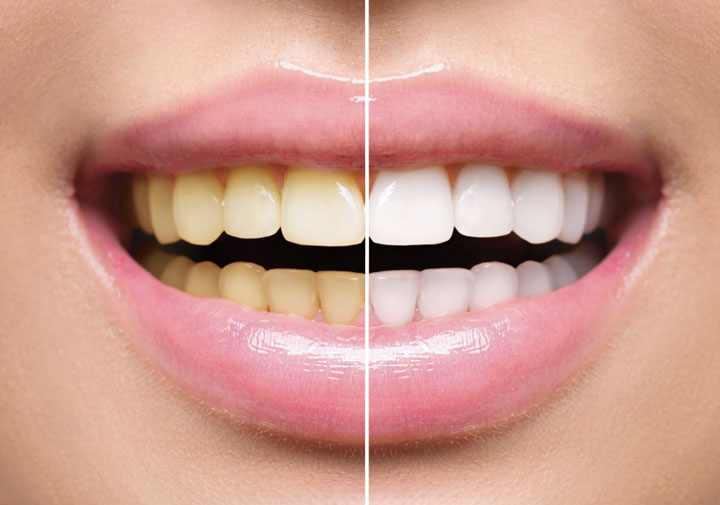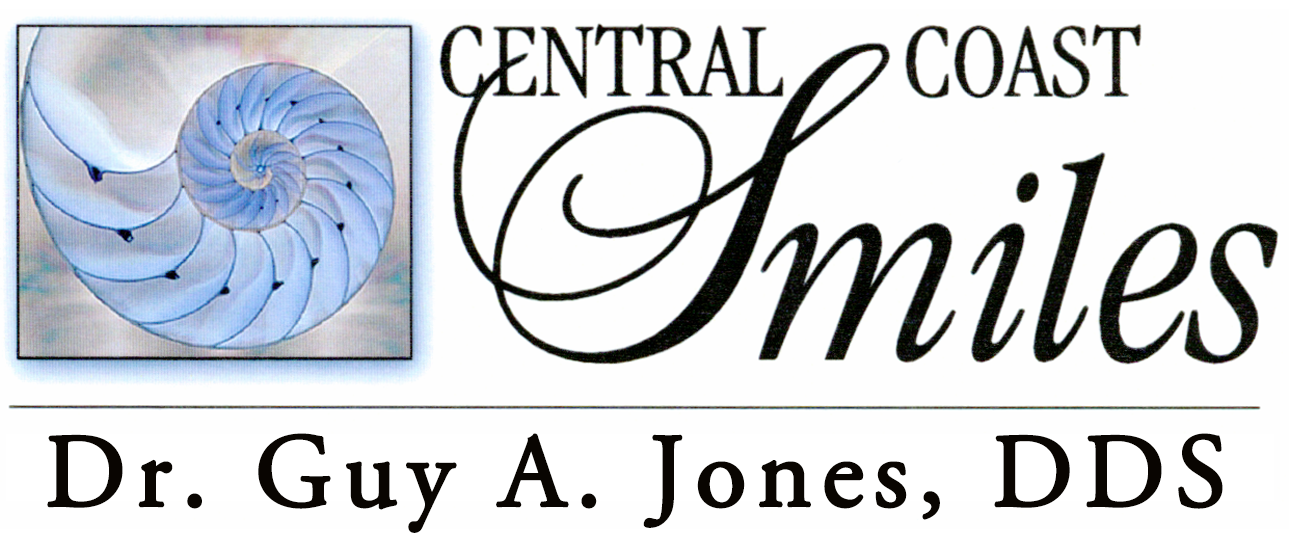Whitening
Teeth whitening (or bleaching) is a simple, non-invasive dental treatment used to change the color of natural tooth enamel and is an ideal way to enhance the beauty of your smile.
Because having whiter teeth has now become the number one aesthetic concern of most patients, there are a number of ways to whiten teeth. The most popular method is using a home teeth whitening system that will whiten teeth dramatically. Since teeth whitening only works on natural tooth enamel, it is important to evaluate replacement of any old fillings, crowns, etc. Replacement of any restorations will be done after bleaching so they will match the newly bleached teeth.
Teeth whitening is not permanent. A touch-up may be needed regularly and more often if you smoke, drink coffee, tea, or wine.
What Does Teeth Whitening Involve?
This type of teeth whitening usually requires two visits. At the first appointment, impressions (molds) will be made of your teeth to fabricate custom, clear plastic, trays.
At your second appointment, we will try the trays you for proper fit, and adjustments will be made if necessary. The trays are worn with a special whitening solution once a day for 30 minutes for a few weeks depending on the degree of staining and desired level of whitening. It is normal to experience tooth sensitivity during the time you are whitening your teeth, but it will subside shortly after you have stopped bleaching, discuss how to minimize this with Dr Jones and staff before beginning any whitening process.
You will receive care instructions for your teeth and trays, and be encouraged to visit your dentist regularly to help maintain a beautiful, healthy, white smile.
At your second appointment your temporary crown will be removed, the tooth will be cleaned, and your new crown will be carefully placed to ensure the spacing and bite are accurate.

Reasons for Teeth Whitening
- Esthetically pleasing smile
- Stained teeth due to medications (tetracycline, etc.)
- Yellow, brown stained teeth
- Important social events (weddings, reunions, graduations, etc.)
- Fluorosis (excessive fluoridation during tooth development)
